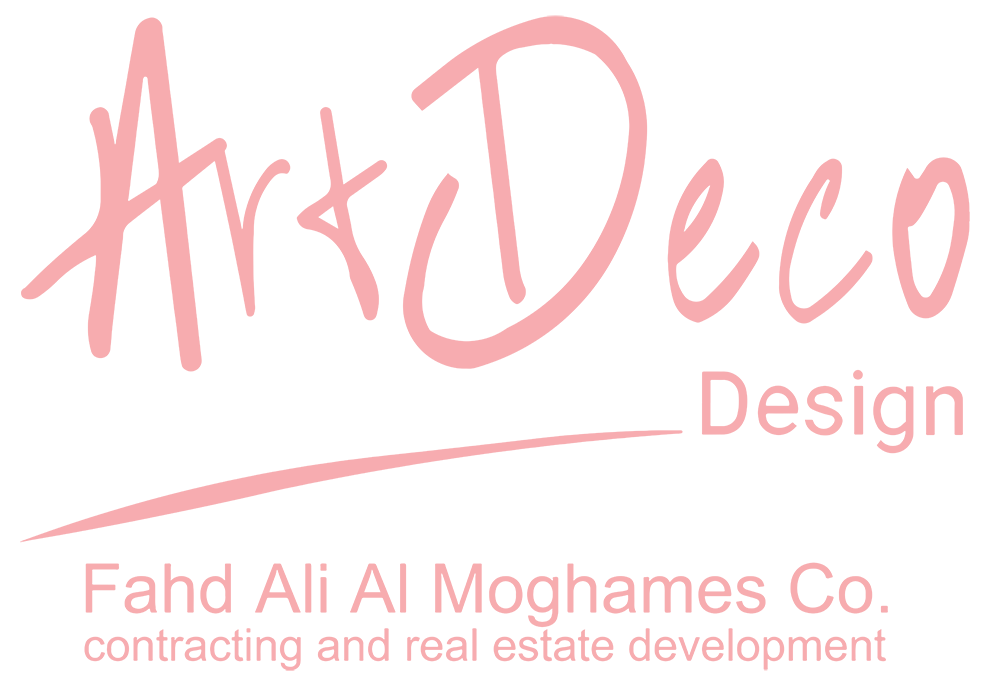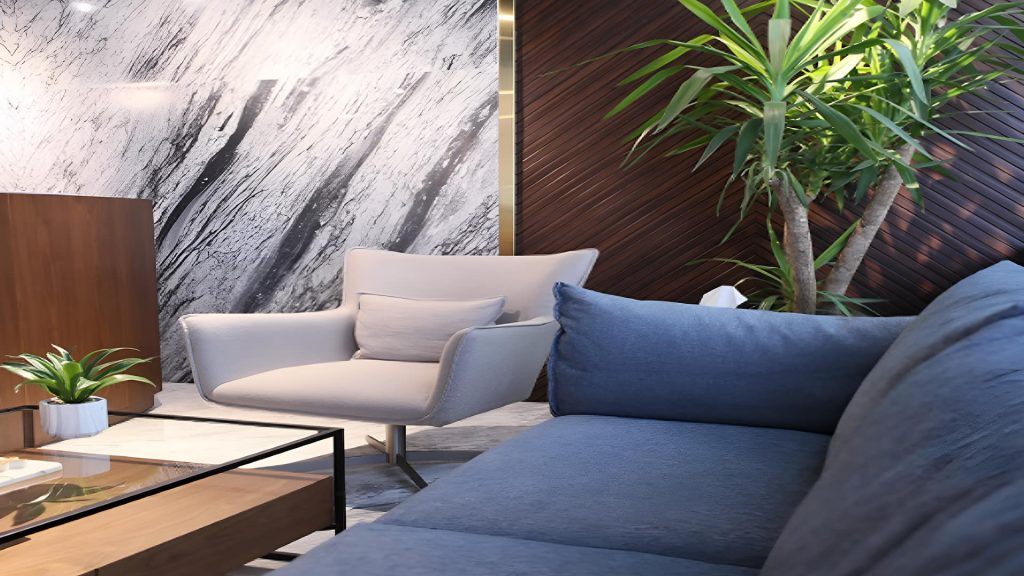What if your office space could actively help your team do its best work? The days of dull, uniform cubicles are long gone. Modern office design is no longer just about desks and chairs; it’s a strategic tool that can dramatically influence employee well-being, collaboration, and overall productivity. A well-planned environment fosters a positive company culture and makes coming to work something to look forward to. This article breaks down the essential components that create a successful and effective workspace for the contemporary world.
Understanding the Core Philosophy
At its heart, successful modern office design is about balancing the needs of the business with the needs of its people. It moves away from a one-size-fits-all approach to create a dynamic ecosystem that supports various work styles. Some employees need quiet focus, while others thrive on team interaction. A modern office acknowledges this diversity, offering a mix of spaces that empower employees to choose how and where they work most effectively. This flexibility is the foundation of a responsive and agile work environment.
The Power of Flexible Layouts
The traditional static floor plan is being replaced by agile and adaptable layouts. Modern office workstation design focuses on creating zones for different activities rather than assigning a single desk to each person. This includes open areas for collaboration, quiet pods for deep concentration, and casual meeting nooks. This variety allows employees to move throughout the day based on their tasks, preventing the stagnation that can come from sitting in one spot. This fluidity encourages spontaneous conversations and cross-team communication, breaking down silos.
Embracing Natural Light and Openness
Perhaps the most requested feature in any workspace is an abundance of natural light. Sunlight has been proven to improve mood, regulate sleep cycles, and boost vitamin D levels. Modern office design prioritizes access to windows and uses glass partitions to allow light to penetrate deep into the floor plan. This also creates a feeling of openness and transparency, making spaces feel larger and more connected. For areas that lack natural light, a layered lighting scheme with adjustable options is crucial for employee comfort.
Integrating Technology Seamlessly
In today’s digital age, technology plays a central role in modern office design. Smart solutions such as wireless charging stations, integrated video conferencing systems, and automated lighting enhance convenience and efficiency. Cable management systems keep workspaces clutter-free, supporting the minimalist aesthetic while improving functionality. Interactive screens and digital whiteboards encourage collaboration and creativity. By incorporating technology into the physical design, businesses create an environment that aligns with modern work habits, enabling teams to stay connected, productive, and future-ready in an increasingly hybrid workspace model.
Sustainability in Office Design
Sustainability is no longer optional; it’s essential in modern office interiors. Using eco-friendly materials, energy-efficient lighting, and locally sourced furnishings reduces environmental impact while promoting well-being. Incorporating plants and natural ventilation improves air quality and creates a refreshing atmosphere. Sustainable office design also signals corporate responsibility, enhancing brand reputation and employee pride. From recycled flooring to solar solutions, every choice matters. A green workspace not only lowers operational costs but also nurtures a healthier, more motivated team dedicated to a brighter, more sustainable future.
Incorporating Brand Identity and Biophilia
Your office should tell the story of your company. Modern office wall design is a key canvas for expressing brand identity, values, and culture. This goes beyond just painting a logo on a wall; it involves using colors, textures, and artwork that reflect who you are. Furthermore, integrating nature, a concept known as biophilia, is a major trend. This can be achieved through indoor plants, green walls, and materials like wood and stone. These elements reduce stress and create a more calming, organic atmosphere.
Prioritizing Employee Well-being
Modern office interior design is deeply connected to employee health. Ergonomic furniture that supports good posture is no longer a luxury but a standard. Think adjustable standing desks and chairs with proper lumbar support. Acoustics are also critical; sound-absorbing panels, carpets, and thoughtful layout planning help manage noise levels, preventing distractions in open plans. Amenities like well-being rooms, comfortable breakout areas, and access to healthy snacks further show a company’s investment in its people.
Smart Solutions for Privacy and Branding
While openness is valuable, privacy is still essential. This is where creative solutions come into play. Using modern office glass sticker design is an excellent way to add both function and style. Frosted or patterned vinyl on glass walls or doors can provide visual privacy for meeting rooms or phone booths without blocking light. These stickers can also be customized with brand patterns or graphics, seamlessly integrating branding into the architecture and enhancing the overall aesthetic.
The Minimalist Approach
For many businesses, especially those with limited square footage, modern minimalist office design offers a powerful solution. This style focuses on “less is more,” emphasizing clean lines, a neutral color palette, and a decluttered environment. Every piece of furniture and decor has a purpose. This approach reduces visual noise, which can help reduce anxiety and improve focus. A minimalist space feels organized, spacious, and intentional, promoting clarity of thought. This is particularly effective for modern small office interior design, where maximizing the perception of space is key.
Creating a Cohesive and Functional Space
Bringing all these elements together requires a thoughtful and integrated approach. It’s not just about selecting individual items but about how they work in harmony. The color of the walls should complement the flooring, the furniture should suit the layout, and the lighting should enhance both functionality and mood. A cohesive design ensures that the space is not only beautiful but also intuitively functional, supporting the workflow of the team and making the daily work experience seamless and enjoyable.
Conclusion:
A successful modern office is a strategic asset. It’s a dynamic environment that adapts to your team’s needs, supports their well-being, and reflects your company’s unique identity. By focusing on flexibility, natural elements, well-being, and smart design, you can create a workspace that people are excited to be in.
If you’re ready to transform your commercial space into a hub of productivity and style, partner with an expert in Interior Design in Dubai. Art Deco Design specializes in crafting elegant and highly functional office spaces tailored to your unique vision. Let’s build your ideal workspace together. Contact us at hello@artdecodesign.com or call +971 545558278.
Frequently Asked Questions
What is the first step in redesigning our office?
The first step is always understanding your company’s unique workflow and culture. We begin with a consultation to discuss your team’s size, how they collaborate, and the challenges of your current space to define clear goals for the new design.
How can we incorporate our brand into the office without being too obvious?
Beyond using logo colors, you can weave your brand into the space through textured feature walls, custom artwork that reflects your values, and even the choice of materials. Subtle branding creates a cohesive identity without feeling overwhelming.
Is an open-plan office still a good idea?
Open plans are great for collaboration, but can hinder focused work. The modern solution is a hybrid layout that offers a mix of open areas for teamwork and dedicated quiet zones or private booths for tasks requiring deep concentration.
What is the most important element for a small office design?
For a small office, maximizing the feeling of space is crucial. This is achieved by using light colors, multifunctional and modular furniture, plenty of mirrors, and smart storage solutions to avoid clutter and maintain an open, airy atmosphere.
How do you handle acoustics in a modern open office?
We manage acoustics by installing sound-absorbing panels on walls and ceilings, using plush carpets or rugs, incorporating a variety of soft furnishings such as sofas, and adding strategic partitions or green walls to help break up and absorb sound waves.

